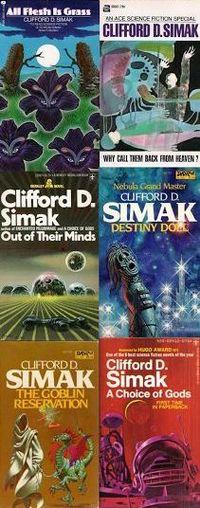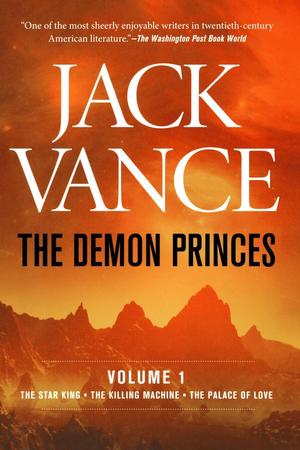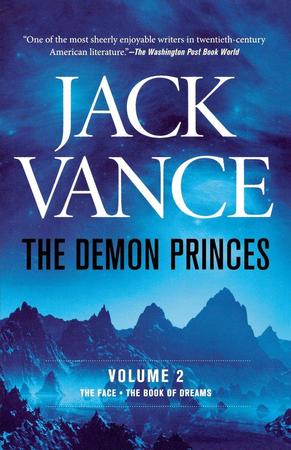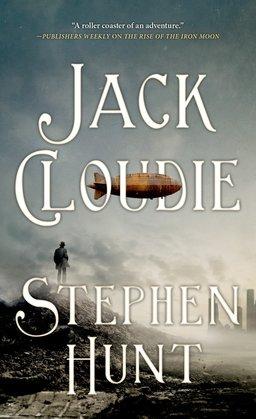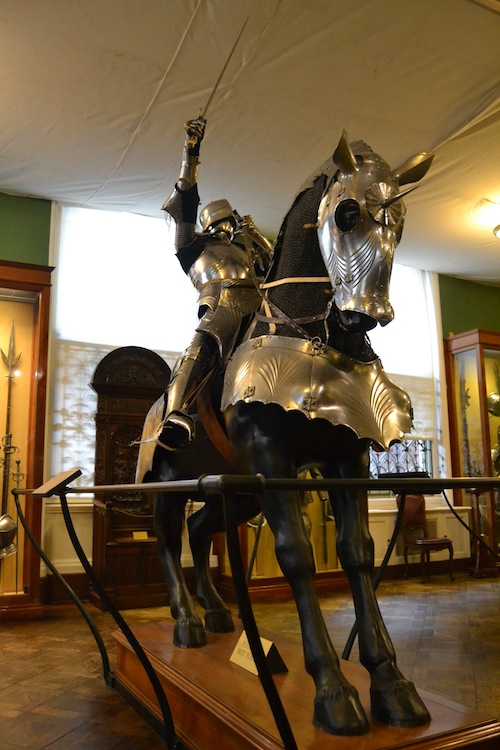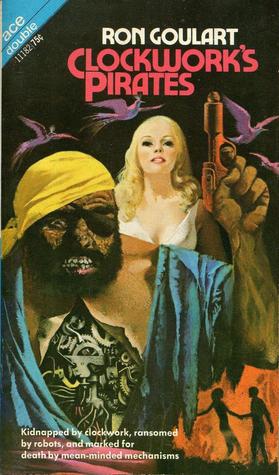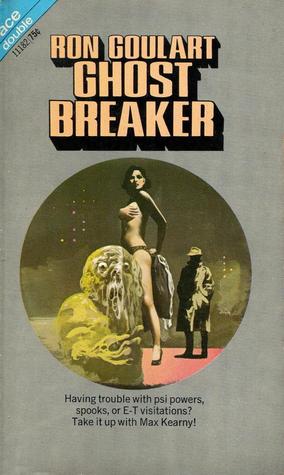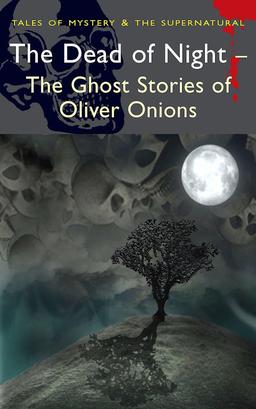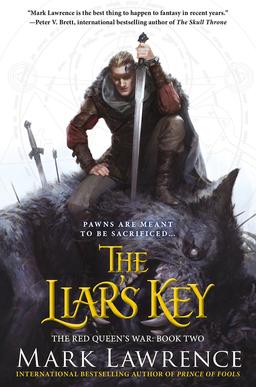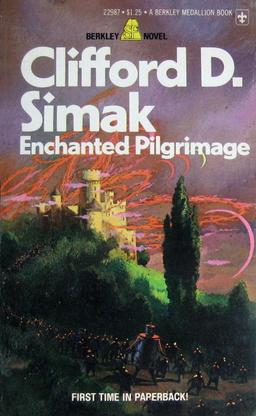Ancient Worlds: Caenis, Caeneus, and the Aftermath of Rape
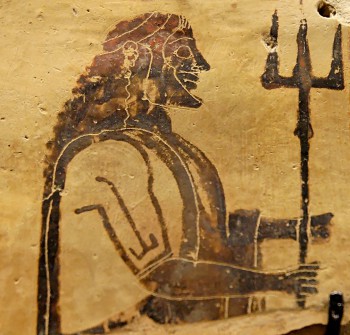 Sometimes a planned topic and the news intersect in unexpected ways. I had planned for some time to cover this particular episode in Ovid, but this week’s decision by The Mary Sue to discontinue active promotion of Game of Thrones gives it a relevance that we in the Classics don’t usually get to experience. I’ll link to The Mary Sue’s explanation of their decision here, but the short version is that they were no longer interested in promoting a show that made such regular use of rape as a storytelling device. A heated debate has ensued in several quarters, over The Mary Sue’s decision, the show in question, and over the portrayal of sexual assault in fiction.
Sometimes a planned topic and the news intersect in unexpected ways. I had planned for some time to cover this particular episode in Ovid, but this week’s decision by The Mary Sue to discontinue active promotion of Game of Thrones gives it a relevance that we in the Classics don’t usually get to experience. I’ll link to The Mary Sue’s explanation of their decision here, but the short version is that they were no longer interested in promoting a show that made such regular use of rape as a storytelling device. A heated debate has ensued in several quarters, over The Mary Sue’s decision, the show in question, and over the portrayal of sexual assault in fiction.
This is by no means a new debate. Rape has been, sadly, part of human experience for as long as we have had storytelling. Its presence in the earliest works we have in the canon attests this fact. What has varied is how it is portrayed, both in terms of the act itself and its lasting effect on both its victims and society at large. The myth of the Rape of Persephone is used to explain the seasons; the Roman Historian Livy tells us that the expulsion of the kings of Rome was triggered by the devastating aftermath of the rape of Lucretia.
But no artist spent as much time investigating the lingering effects of rape like Ovid. The Metamorphoses is filled with stories of rape and familial sexual abuse, and the author doesn’t shy away from any of it. But that doesn’t mean he lingers over it, either: he depictions of assaults are vivid but never graphic. And unlike many modern depictions he doesn’t spend much time on the assaults themselves. What Ovid chooses to focus on is the long term ramifications of sexual violence, the way it shapes lives, families, destinies, and the landscape itself (remember Apollo and the Laurel tree?).
